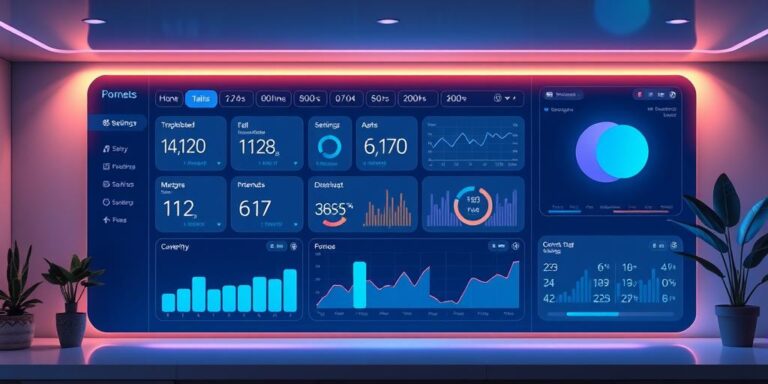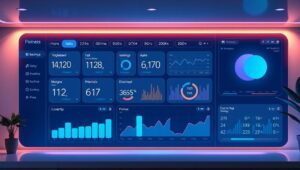Personalized Experiences in the Consumer IoT Space (2027)
The Consumer Internet of Things (IoT) is rapidly evolving, and by 2027, personalized experiences will be at the forefront. This article explores the advancements, challenges, and opportunities in delivering tailored IoT solutions to consumers.
Current State of Consumer IoT
Today, the Consumer IoT encompasses a wide range of devices, including smart home appliances, wearables, entertainment systems, and connected cars. These devices collect vast amounts of data, offering the potential for highly personalized experiences. However, many current implementations only scratch the surface.
Key Advancements Expected by 2027
- AI-Driven Personalization: Artificial intelligence will play a crucial role in analyzing user data to predict needs and preferences. IoT devices will proactively adjust settings, offer recommendations, and automate tasks based on individual behavior.
- Context-Aware Computing: Devices will be more attuned to the user’s environment and context, such as location, time of day, and activity. This awareness will enable IoT systems to deliver more relevant and timely experiences.
- Enhanced Data Security and Privacy: As personalization becomes more sophisticated, ensuring data security and privacy will be paramount. Advanced encryption, decentralized data storage, and transparent data usage policies will be essential.
- Seamless Integration: IoT devices will integrate more seamlessly with each other and with other digital services. This interoperability will create a unified and intuitive user experience across different platforms.
- Voice and Gesture Control: Natural language processing and gesture recognition will become more sophisticated, allowing users to interact with IoT devices in a more intuitive and hands-free manner.
Use Cases for Personalized IoT Experiences
- Smart Homes: Imagine a home that automatically adjusts lighting, temperature, and music based on your mood and activity. Personalized security systems can recognize residents and grant access accordingly.
- Healthcare: Wearable devices will provide real-time health monitoring and personalized recommendations for diet, exercise, and medication. Remote patient monitoring will become more prevalent, enabling proactive healthcare interventions.
- Entertainment: Streaming services and media devices will offer highly personalized content recommendations based on viewing habits, preferences, and emotional state.
- Transportation: Connected cars will adapt to individual driving styles and preferences, offering personalized navigation, entertainment, and safety features.
Challenges and Considerations
- Data Overload: Managing and processing the vast amounts of data generated by IoT devices will be a significant challenge. Efficient data analytics and storage solutions will be crucial.
- Privacy Concerns: Consumers are increasingly concerned about the privacy implications of data collection. Transparency and user control over data will be essential for building trust.
- Interoperability Issues: Lack of standardization can hinder the seamless integration of IoT devices from different manufacturers. Industry collaboration is needed to address this issue.
- Security Risks: IoT devices are vulnerable to cyberattacks, which can compromise personal data and disrupt services. Robust security measures are needed to protect against these threats.
Conclusion
By 2027, personalized experiences will define the Consumer IoT landscape. Advancements in AI, context-aware computing, and data security will enable highly tailored solutions that improve convenience, efficiency, and well-being. Addressing the challenges related to data overload, privacy concerns, interoperability issues, and security risks will be crucial for realizing the full potential of personalized IoT experiences.




